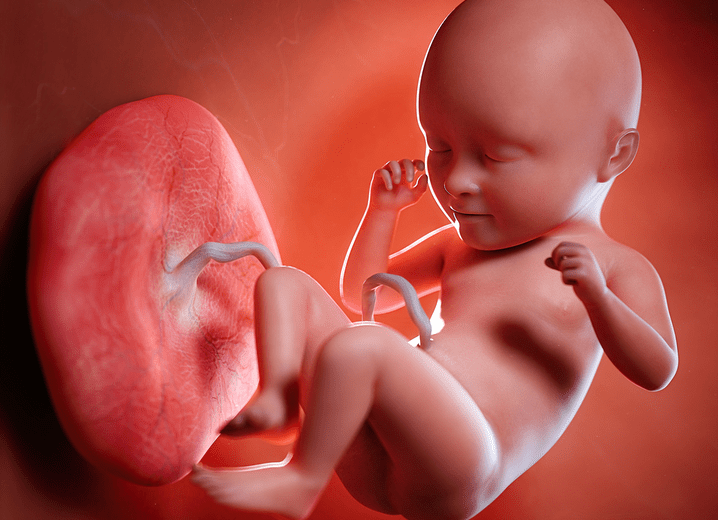The placenta is an organ that supplies oxygen and nutrients via the umbilical cord to the baby and plays an important role in pregnancy.
“Ultrasound reports sometimes mention a posterior or an anterior placenta but these are not significant findings,” says Dr. Anita Sabherwal Anand, Senior Obstetrician-Gynecologist at Sitaram Bhartia Hospital in South Delhi.
Where is the placenta located?
The placenta can be positioned in any of these ways:
Anterior placenta: This means that the placenta is located toward the front wall of the uterus.
Posterior placenta: The placenta is attached to the back wall of the uterus. The term ‘fundal posterior’ means that the placenta is toward the top and back of the uterine wall as ‘fundal’ means the top of the fundus/uterus.
Low Lying Placenta: The placenta is often positioned in the lower segment of the uterus in the early weeks of pregnancy. After 20 weeks as the uterus grows bigger, the placenta shifts away from the lower segment.
Are there any implications of the placental position?
Most positions of the placenta, whether it is located at the back or the front do not signify anything in particular.
Located in Delhi and looking for an experienced gynaecologist to get advice on the posterior placenta? Book a paid consultation with Dr Anita by clicking the button below.
5 Myths to know about Posterior Placenta
Expecting parents often have queries around placenta position and the baby’s gender, the best position for a normal delivery and so on.
The doctor clarifies these concerns so that expecting couples can be more informed and less stressed about pregnancy.
- Posterior placenta linked to gender of fetus: There is no scientific evidence that proves that a posterior placenta means a boy or a girl. The same holds true for a fundal posterior placenta and an anterior placenta.“A few studies may have indicated a relation between the placental position and gender but there are no references to this theory in medical literature.”
- Posterior placenta heightens fetal movement: “A few anecdotal reports suggest that mothers feel stronger kicks early in pregnancy when the placenta is positioned at the back or subtle kicks due to an anterior placenta as it cushions the kicks, but there is no solid study that validates these claims. “
- Posterior placenta increases risk of preterm labour: None of the national or international obstetrics guidelines substantiate the findings that a posterior placenta increases the risk of preterm delivery and an anterior placenta increases the risk of pregnancy induced hypertension, gestational diabetes or intrauterine growth restriction.
- Posterior placenta is the best position: It is believed that this is the most ideal position as it allows the baby to move into the correct position.
- Posterior placenta impacts chances of normal delivery: “You can have a vaginal birth as long as the placenta does not cover the cervix, as this prevents the baby from descending down the birth canal and causes painless bleeding.”
“In such a situation, a cesarean becomes the best method to deliver the baby safely.”
The position of the placenta can vary from woman to woman and each of her pregnancies.
“It can be exciting to discuss every detail of an ultrasound report with friends and family but you needn’t become unnecessarily anxious about unscientific assertions. Enjoy your pregnancy – eat right, practice breathing exercises and yoga – and believe that all will be well!”
This blog post has been written with editorial inputs from Dr. Anita Sabherwal Anand, who has over 24 years of experience, and is known for the time and attention she gives to pregnant couples.
Please book an appointment with Dr Anita by Clicking the button below.

Medically Reviewed by Dr. Anita Sabherwal Anand
MBBS, MD, DNB Secondary (Obstetrics & Gynecology)
More Resources:


